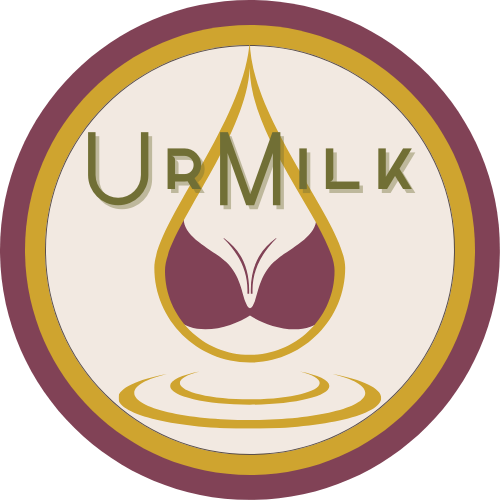For individuals on the breastfeeding journey, the path of nurturing a little one is a beautiful journey marked by love and care. Yet, the occasional challenge of clogged milk ducts can introduce a note of discomfort. As you navigate this common hurdle, consider turning to the soothing embrace of a bath. In this blog post, we'll explore safe and effective methods to manage clogged milk ducts during a bath, transforming this routine into a therapeutic and nurturing experience for both body and mind.
Understanding Clogged Milk Ducts: Clogged milk ducts can occur for various reasons, such as inadequate drainage, tight clothing, or pressure on the chest. Recognizing the signs, including localized pain, redness, or a small lump, is crucial. Always consult with a healthcare professional if you suspect a persistent issue.
The Healing Power of Warm Water: Begin by drawing a warm bath. The heat from the water has a dual effect – it relaxes the body and promotes blood circulation. The warmth can help alleviate discomfort and encourage the release of milk from the affected duct.
Gentle Chest Massage: Once in the bath, engage in gentle chest massage. Use your fingertips to massage the affected chest in a circular motion, moving towards the nipple. This massage not only aids in milk flow but also helps break up any blockages.
Express Milk Underwater: While submerged, gently express milk underwater. This method combines the benefits of warm water with gentle pressure, potentially aiding in the removal of any stubborn clogs. Use a clean hand or a breast pump if you have one.
Hydrate Well: Staying hydrated is crucial for overall breast health, and it can be particularly beneficial during bath time. Ensure you have a glass of water within reach to sip on, promoting hydration and supporting milk flow.
Comfortable Positions: Experiment with different comfortable positions in the bath that allow water to envelop your chest. This immersion can have a relaxing effect on the chest tissue and may facilitate the unclogging process.
Hot Compress or Warm Washcloth: Enhance the warm water's effect by applying a hot compress or warm washcloth to the affected chest. The heat can help soften the area around the clog, making it easier to massage and express milk.
Take Your Time: Allow yourself ample time in the bath. Rushing can counteract the relaxation benefits. Create a calm environment, perhaps with soothing music or dimmed lights, to encourage a serene atmosphere.
Post-Bath Self-Care: After your bath, consider applying a cold compress or ice pack to reduce any lingering inflammation. Follow up with gentle massage and continue to express milk regularly.
Consult a Healthcare Professional: If you experience persistent or severe symptoms, or if you are unsure about the best approach, consult a healthcare professional. They can provide personalized guidance based on your individual circumstances.
Baths, often seen as moments of solace, can transcend their conventional role and become therapeutic allies in addressing clogged milk ducts. As you immerse yourself in the warm embrace of a bath, consider it not just a routine but a soothing practice that nurtures both your body and your journey. With patience, self-care, and the healing power of warm water, you can transform a challenge into an opportunity for relaxation and well-being.




